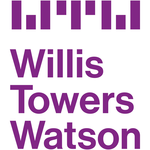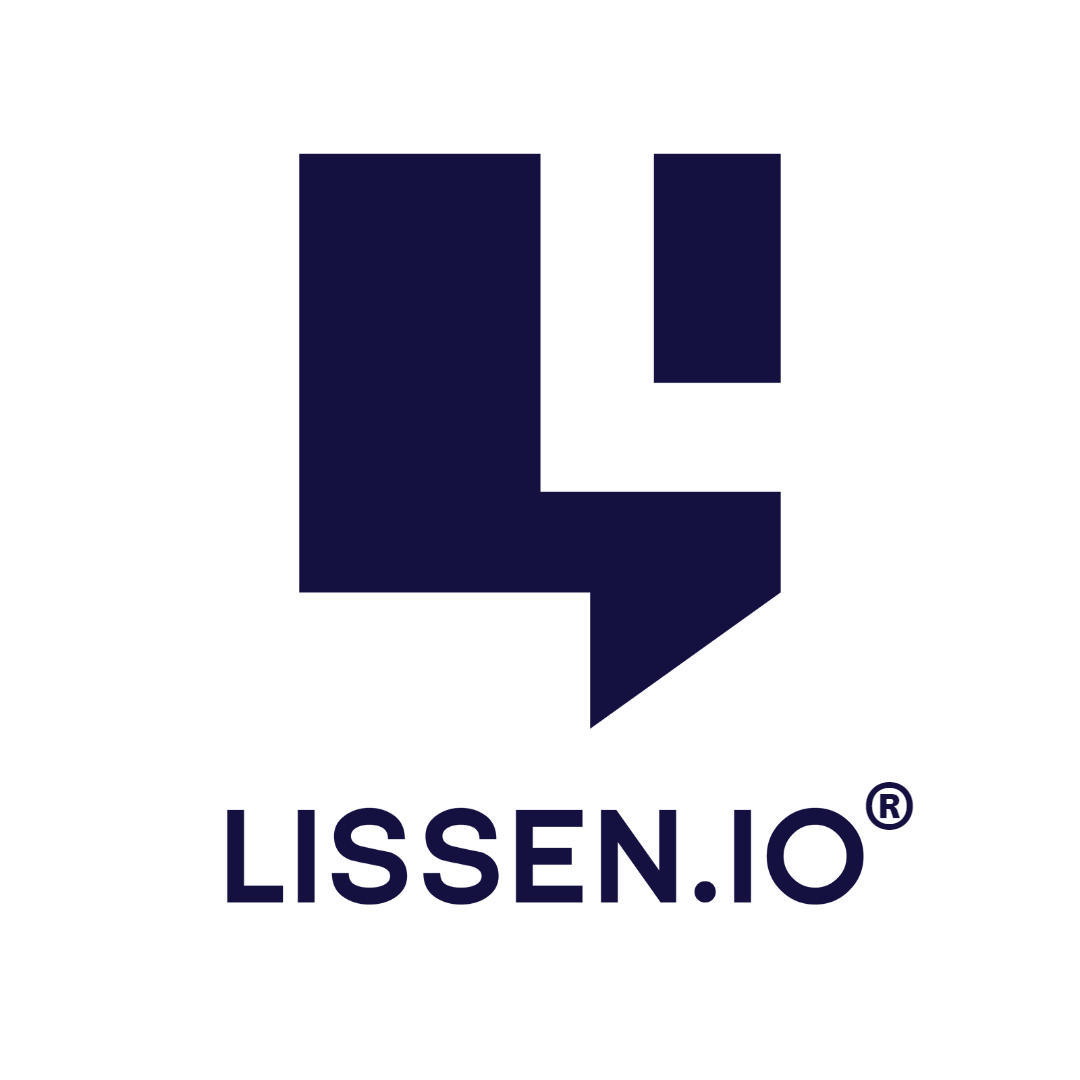Description

Crew

dropthought
Comprehensive Overview: Crew vs dropthought
Crew and Dropthought are two distinct platforms that cater to different market needs, focusing on communication and engagement but in varied contexts.
Crew
a) Primary Functions and Target Markets
Crew is a messaging and communications platform designed for frontline teams, typically in industries such as retail, healthcare, hospitality, and manufacturing. Its primary functions include:
- Real-time messaging: Facilitates instant communication among team members.
- Scheduling and task management: Allows for easy shift scheduling and task assignments.
- Announcements and alerts: Ensures important updates are communicated effectively.
- Team directory: Provides quick access to contact information of team members.
- File sharing: Allows sharing of documents and images within the team.
Target Markets: Crew specifically targets industries with non-desk employees who need an efficient way to communicate without relying on traditional corporate communication tools like email.
b) Market Share and User Base
Crew serves a niche market focusing on industries with a high percentage of hourly workers. While not as ubiquitous as general-purpose messaging platforms like Slack or Microsoft Teams, Crew has made significant inroads in sectors with a strong need for mobile-first, real-time team communication, thereby growing a substantial user base within its niche.
c) Key Differentiating Factors
- Mobile-first design catering specifically to frontline workers.
- Strong emphasis on shift scheduling and task management directly within the app.
- Simplicity and ease-of-use targeting users who may not sit at a desk or use traditional business communication tools.
Dropthought
a) Primary Functions and Target Markets
Dropthought is a feedback management platform designed to help businesses gather, analyze, and act on customer and employee feedback. Its primary functions include:
- Surveys and feedback collection: Tools for gathering insights from customers and employees.
- Sentiment analysis: Uses AI to analyze text feedback and gauge sentiment.
- Real-time reporting: Provides dashboards and analytics for immediate insights.
- Customization: Offers flexible feedback templates and integration options.
Target Markets: Dropthought targets a wide range of industries focusing on customer experience and human resources, including retail, financial services, healthcare, and education.
b) Market Share and User Base
Dropthought competes in the feedback management space alongside established players like SurveyMonkey and Qualtrics. While it may not have as large a market share as these giants, Dropthought distinguishes itself through advanced sentiment analysis and ease of integration with other business systems, attracting a growing number of businesses looking for robust feedback mechanisms.
c) Key Differentiating Factors
- Focus on AI-driven sentiment analysis, providing deeper insights into qualitative feedback.
- Flexibility in survey creation and integration with other platforms, offering seamless user experiences.
- Real-time feedback reporting, allowing organizations to respond to insights rapidly.
Comparisons and Summary
- Market Focus: Crew is tailored for real-time team communication for non-desk workers, whereas Dropthought focuses on gathering and analyzing feedback from customers and employees.
- Technology Emphasis: Crew highlights scheduling and task management integration, while Dropthought stands out with its advanced sentiment analysis and reporting capabilities.
- User Experience: Both platforms prioritize ease-of-use but in different contexts—Crew for straightforward communication and team coordination, and Dropthought for capturing and analyzing feedback efficiently.
These factors make Crew ideal for sectors needing quick, on-the-go team coordination, and Dropthought suitable for organizations aiming to enhance customer and employee engagement through feedback.
Contact Info

Year founded :
2023
Not Available
Not Available
India
Not Available

Year founded :
2011
+1 855-437-6776
Not Available
United States
http://www.linkedin.com/company/dropthought-inc
Feature Similarity Breakdown: Crew, dropthought
When comparing Crew and dropthought, both platforms serve different purposes but share some common features and have unique aspects as well. Here’s a breakdown focusing on their core features, user interfaces, and any unique offerings:
a) Core Features in Common
-
Communication and Feedback Facilitation:
- Both platforms facilitate communication but in different contexts. Crew is more about team communication and collaboration, similar to Slack, primarily for deskless workers. Dropthought, on the other hand, focuses on collecting feedback through surveys.
-
Mobile Accessibility:
- Both platforms offer mobile apps to ensure users can access their services on the go. This is crucial for the immediate feedback loop in dropthought and for Crew’s target users who are often mobile.
-
Real-Time Updates:
- Real-time updates and notifications are integral, ensuring users are always informed about the latest messages or feedback responses.
-
Integration Capabilities:
- Both platforms support integrations with other tools to enhance functionality. Crew integrates with scheduling and resource management tools, and dropthought can integrate with CRM or customer service tools to sync feedback data.
b) User Interface Comparison
-
Crew:
- The UI of Crew is designed to be straightforward and user-friendly, catering to users who might not be tech-savvy. It features a chat-based interface with options for announcements, task assignments, and scheduling. The design is minimalistic, focusing on ease of navigation.
-
dropthought:
- Dropthought’s UI is oriented around feedback collection and analysis. It’s survey-based, featuring dashboards that provide insights and analytics on collected data. The interface is more data-centric with visual tools like graphs and charts to display feedback results effectively.
c) Unique Features
-
Crew:
- Shift Scheduling: Crew stands out with its shift scheduling and management feature, which is crucial for industries that run on shift-based work, like retail and hospitality.
- Task Management: Task assignment and tracking are tightly integrated within Crew, allowing for seamless operational flow in teams.
-
dropthought:
- Feedback Analytics: Dropthought offers advanced analytics tools that help in interpreting feedback data, providing sentiment analysis and response trends.
- Customizable Survey Templates: It comes with a large collection of customizable survey templates to suit various feedback needs, from employee engagement to customer satisfaction.
In conclusion, while both Crew and dropthought aim to facilitate communication within organizations, their core functionalities cater to different aspects of workplace interaction. Crew focuses on team communication and operational management for deskless workforces, whereas dropthought specializes in feedback collection and analysis. Their interfaces reflect these purposes, with Crew emphasizing simplicity and direct communication, and dropthought prioritizing data visualization and survey tools.
Features

Not Available

Not Available
Best Fit Use Cases: Crew, dropthought
Crew and dropthought serve different purposes and cater to varying business needs, so understanding the best fit use cases for each can help you determine which is most suitable for your organization.
Crew
a) Types of Businesses or Projects:
- Retail and Hospitality: Crew is well-suited for businesses that rely heavily on shift-based or hourly workers, such as retail stores, restaurants, and hotels. It helps streamline communication and coordination among team members who are often on different schedules.
- Field Services and Logistics: Companies with mobile or field-based employees, such as delivery services and transportation, can benefit from Crew's real-time communication features.
- Healthcare: Hospitals, clinics, and other healthcare facilities can use Crew to improve communication among nurses, doctors, and administrative staff on different shifts.
- Manufacturing and Warehousing: Crew can enhance operational efficiency by keeping front-line staff connected, managing shifts, and sharing critical updates promptly.
b) Best Case Scenarios:
- Real-Time Communication Needs: Teams that require instant messaging to ensure timely updates and responses.
- Shift Scheduling and Coordination: Businesses with complex scheduling needs, where employees need to be informed about upcoming shifts and any last-minute changes.
d) Industry Verticals and Company Sizes:
- SMBs to Medium-sized Enterprises: Crew is particularly valuable for small to medium-sized businesses that require a robust yet straightforward platform to manage team communication and operations without the overhead of more complex systems.
- Industries with High Employee Turnover: High-turnover industries can leverage Crew for efficient onboarding and communication, improving overall team coherence and retention.
dropthought
a) Scenarios Where dropthought is Preferred:
- Customer Feedback Collection: Companies focused on understanding customer experience and improving service quality can benefit from dropthought's feedback collection and analysis capabilities.
- Employee Engagement Surveys: Organizations looking to measure and enhance employee engagement through surveys and insights can utilize dropthought's tools.
- Event Feedback: Businesses and organizations hosting events can use dropthought to gather participant feedback for real-time insights and future improvements.
b) Types of Businesses or Projects:
- Consumer-centric Services: Retail, banking, hospitality, and other sectors where customer feedback is crucial for refining services and products.
- HR and Corporate Offices: Enterprises aiming to improve employee satisfaction and organizational culture through regular feedback loops.
d) Industry Verticals and Company Sizes:
- Large Enterprises to Corporations: dropthought is effective for larger organizations that need to systematically capture and analyze feedback at scale across departments and regions.
- Customer Experience-focused Industries: Industries like hospitality, retail, and finance that prioritize customer satisfaction metrics for strategic planning.
In summary, Crew is ideal for industries that require efficient shift-based communication and coordination, while dropthought excels in environments that prioritize feedback collection and analysis to enhance customer and employee experiences. Both tools cater to different operational needs, making them suitable for various industry verticals according to their primary functions.
Pricing

Pricing Not Available

Pricing Not Available
Metrics History
Metrics History
Comparing teamSize across companies
Conclusion & Final Verdict: Crew vs dropthought
To provide a conclusion and final verdict for Crew and dropthought, we need to evaluate both products across various dimensions such as features, pricing, ease of use, customer support, customization, and overall user experience.
a) Best Overall Value
After considering all factors, Crew may offer the best overall value for teams and organizations looking primarily for communication and collaboration tools. It excels in providing a robust platform for team interaction, project management, and productivity enhancement.
b) Pros and Cons
Crew
Pros:
- Comprehensive Communication Tools: Crew offers a wide range of communication options, such as messaging, file sharing, and video calls.
- User-Friendly Interface: Its intuitive and easy-to-navigate interface makes it accessible to users with varying tech-savvy levels.
- Integration Capabilities: It integrates well with other productivity tools and platforms, enhancing workflow efficiency.
- Effective for Remote Work: Designed to facilitate remote teamwork and collaboration effectively.
Cons:
- Pricing Structure: Can be relatively expensive for small teams or startups with limited budgets.
- Can Overlap with Other Tools: For users who already use other dedicated project management or communication platforms, Crew might offer redundant features.
dropthought
Pros:
- Focused on Feedback and Engagement: dropthought specializes in gathering and analyzing feedback, making it ideal for organizations seeking to enhance customer or employee engagement.
- Real-Time Data and Insights: Offers powerful analytics tools for real-time feedback analysis.
- Customization Options: Users can customize surveys and feedback mechanisms to align with specific organizational needs.
- Cost-Effective: Generally more affordable for organizations that primarily need feedback solutions.
Cons:
- Niche Application: Limited to feedback and survey purposes, which can be a downside for teams looking for multipurpose software.
- Learning Curve: Some users may find the analytics features complex without adequate training.
- Integration Limitations: May have fewer integration options compared to more comprehensive productivity suites.
c) Recommendations
For users trying to decide between Crew and dropthought, the decision largely hinges on their primary needs:
-
Choose Crew if: Your organization requires a robust communication platform with extensive collaboration features for team productivity. This is particularly beneficial for remote teams or those seeking seamless integration across various tools.
-
Choose dropthought if: Your priority is gathering, analyzing, and acting on customer or employee feedback. Dropthought would be particularly valuable for companies focused on improving user experience or engagement strategies.
In conclusion, the choice between Crew and dropthought should be guided by the specific demands of your organization. Assess your primary objectives, budget constraints, and integration needs to ensure you select the solution that aligns most closely with your strategic goals.
Add to compare
Add similar companies



